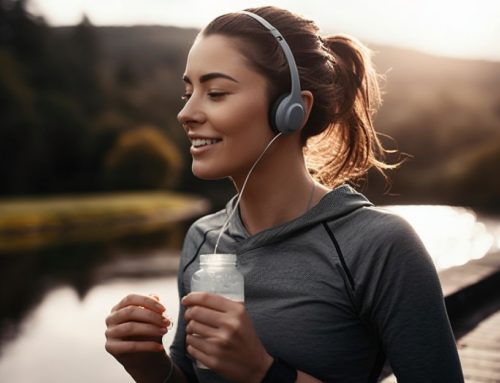It is projected that the global population will reach approximately nine billion within the next several decades, which presents a significant challenge: how can we ensure that there will be sufficient water for the expanding population?
There are already up to 7 billion people living on our planet, and the world is already having trouble providing them with adequate supplies of clean water and sanitation; how are we going to be able to take care of another 2 billion people?
How Can We Make Sure That There Is Enough Water for the Increasing Population?
According to the World Water Development Report published by the United Nations in 2015, the world will face a worldwide freshwater shortfall of forty percent by the year 2030. This would ultimately result in armed conflicts, as well as shortages of food and energy, migration to areas where there is water, and migration to areas where there is water.
We need to figure out how to better manage our water resources, implement better systems, and minimise water pollution so that we can meet the expected rise in global water demand of around 55% that will come about as a result of the growth in the world’s population.
In order to accomplish this, Katherine Purvis from the Guardian conducted an online question and answer session with a panel of water experts. The panel consisted of Carlos Hurtado Aguilar, manager Рsustainable development of water resources, FEMSA Foundation, Monterrey, Mexico; Betsy Otto, global director Рwater programme, World Resources Institute, Washington, DC; Sean Furey, water and sanitation specialist, Skat, St Gallen, Switzerland; and Sophie Tr̩molet, director
The following are some of the suggestions that were made by the panel:
Calculate the amount of water that is available: We need to be able to evaluate how current and near-term future demand compares with the available surface and groundwater supplies in order to ascertain whether or not the usage of water in the local area is sustainable.
Link global water use: Government legislation or taxation should be utilised to make countries more aware of their water footprint and guide them toward a path that is more internationally sustainable. This will link global water usage.
Improve how you manage the water resources: On a worldwide basis, it is necessary to make efforts that can be measured to change how water is used.
Develop water monitoring and regulation: Governments should provide both regulatory sideboards and incentives to change the way water is used and to encourage water reuse and rainwater harvesting systems. This will help reduce the amount of water that is wasted and increase the amount of water that is available for use.
Think across industries: Those who work on “water services” and those who work on “water resources” need to keep the other sector in mind. For example, the services sector should think more about where water for increased coverage is sourced from and how to best implement sanitation services that protect those water resources. Those who work on “water resources” also need to keep the services sector in mind.
There were many more good ideas that were brought forward, and the discussion has hopefully opened the door to more cooperation between countries to achieve all of the goals to ensure that there is sufficient clean water and access to sanitation for all. The discussion has also opened the door to more of this type of thinking, as well as an awareness of other modes of thinking and operating among specialists from different countries.
In London, water coolers can be purchased at Living-Water. Living-Water offers a free water dispenser trial as well as the option to rent a water cooler.






